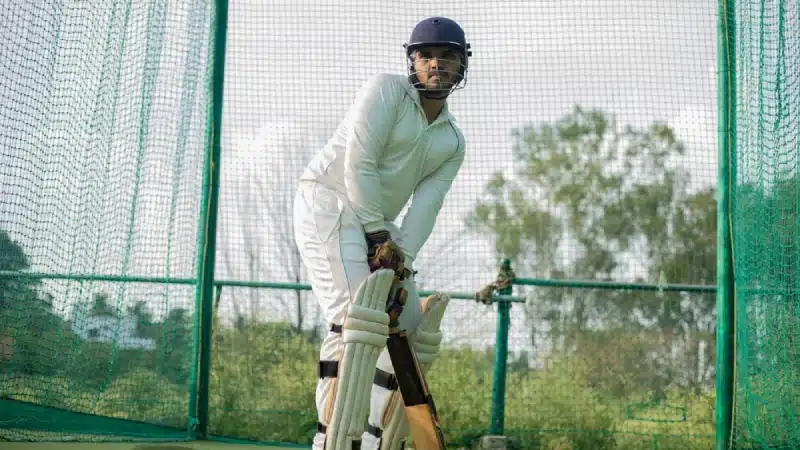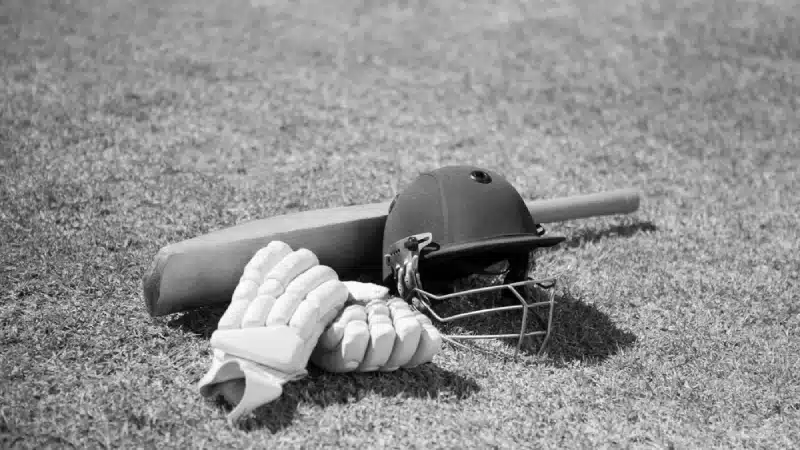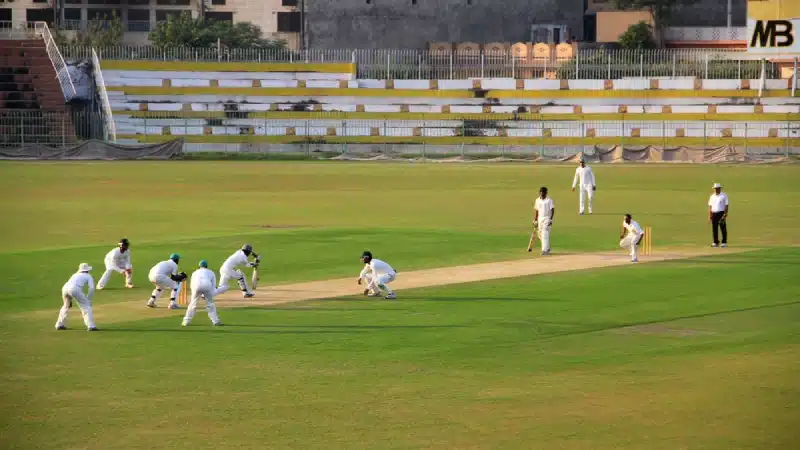
The pitch conditions often dictate the results of a cricket match. Especially in Test matches, the pitch demands different skill sets on each day, which plays a major role in the result of the game.
While the host cricket board has the discretion on developing the pitch, cricket’s global governing body - the International Cricket Council (ICC) - has established a pitch and outfield monitoring process.
The Laws of Cricket state that the umpires can call off the match if the pitch is considered dangerous to the players. However, the ICC has constructed a more detailed process by providing a rating to every pitch according to set parameters.
After a rank turner on Day 1 of the India vs Australia Test at the Holkar Stadium in March 2023, ICC’s rules and regulations regarding pitch conditions came under the limelight, yet again.
What are the ICC pitch ratings?
The ICC pitch ratings is a system that is used to provide feedback on the pitch and other playing areas of a venue of an international match to the host member board. It helps the board prepare the pitch and the outfield for future games at the venue.
Additionally, the home board has to provide an explanation to the ICC if the pitch and outfield were marked below the required standard. The ICC can apply sanctions to a venue that provides a poor or unfit pitch for international cricket.
The pitches and outfields have six ratings - very good, good, average, below average, poor and unfit. The ICC pitch ratings are applicable for international matches only and not for franchise or domestic cricket.
According to the ICC, a very good pitch is one with “good carry, limited seam movement and consistent good bounce early in the match and as the pitch wears as the match progresses, with an acceptable amount of turn on the first two days but natural wear sufficient to be responsive to spin later in the game.”
On the other hand, a pitch is rated poor if:
- The pitch offers excessive seam movement at any stage of the match.
- The pitch displays excessive uneven bounce.
- The pitch offers excessive assistance to spinners, especially early on.
- The pitch deprives bowlers of any seam movement or spin at any stage of the match, resulting in a one-sided contest towards the batters.
Meanwhile, below-average pitches receive one demerit points and poor pitches get two demerit points. A maximum of five demerit points are awarded to an unfit pitch.
The demerit points are active for a five-year period, wherein a ground with five or more demerit points is suspended for a 12-month period.
Instances of ICC sanctioning pitches
The ICC has previously sanctioned pitches in India. The M. Chinnaswamy Stadium, which hosted a pink-ball Test in March 2022, received a below average pitch rating as per the report submitted by match officials. It resulted in the venue receiving one demerit point under the ICC Pitch and Outfield Monitoring Process.
“The pitch offered a lot of turn on the first day itself and though it improved with every session, in my view, it was not an even contest between bat and ball,” mentioned match referee Javagal Srinath in the report.
On the other hand, the VCA Stadium at Nagpur, which hosted the India vs South Africa Test in November 2015, was given a poor rating by ICC as the pitch massively favoured the bowlers.
The Rawalpindi Cricket Stadium, meanwhile, earned one below average rating in 2022. The pitch hardly changed during the course of Pakistan’s Test against Australia that year. It resulted in a high-scoring contest without much help for the bowlers.
Photo credit: Alamy




















